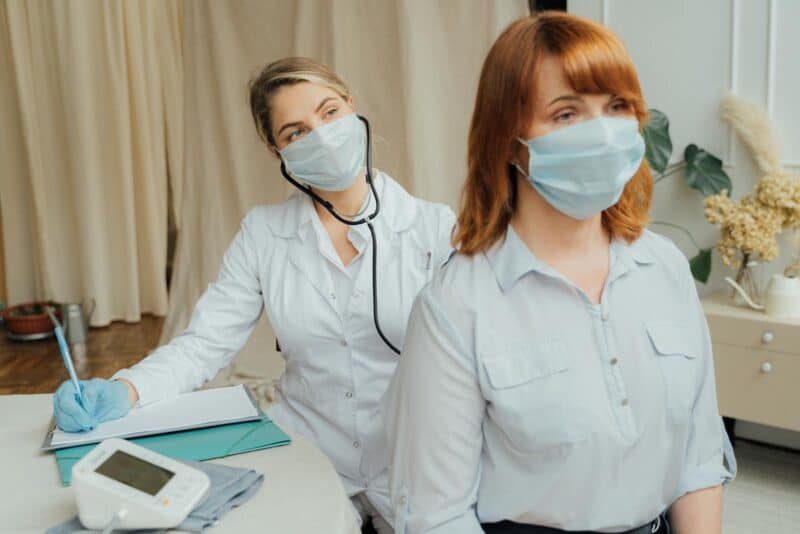
The Rise of Medical Tourism
Medical tourism has seen exponential growth over the last decade, with Americans at the forefront of this trend. High healthcare costs in the United States, coupled with the promise of advanced treatments in exotic locations, have driven many to seek alternatives abroad. Countries like Mexico, Panama, Thailand, and India are becoming hotspots for wellness travelers seeking treatments that are either prohibitively expensive or unavailable at home.
One of the most prominent attractions in this space is stem cell therapy. Patients travel thousands of miles, often spending tens of thousands to hundreds of thousands of dollars, for procedures they hope will cure chronic conditions, heal injuries, or slow the progression of degenerative diseases. But is it worth the cost and the risk?
Understanding Allogeneic Stem Cell Therapy
The majority of these international stem cell treatments rely on allogeneic stem cells. This means the stem cells are sourced from a donor—someone else entirely. On the surface, this seems like an exciting option. Clinics abroad often advertise these treatments as cutting-edge science, positioning them as the ultimate solution for everything from joint pain to neurological disorders.
However, what many patients don’t realize is that allogeneic stem cell therapy comes with significant risks. Unlike autologous stem cells (which are harvested from your own body), donor stem cells carry the possibility of rejection, immune reactions, and even the transmission of communicable diseases.
Moreover, the quality and source of these donor cells are often unclear. Patients rarely know the age, gender, or medical history of the donor, let alone the quality of the DNA. Was the donor healthy? Are the cells viable for the intended purpose? These questions often remain unanswered, leaving patients vulnerable to potentially dangerous outcomes.
The Risks of Wellness Travel for Medical Procedures
The allure of traveling to a picturesque location for treatment is undeniable. Many of these clinics operate in luxurious facilities, offering top-notch hospitality that can easily distract patients from scrutinizing the science behind the treatments. But the risks associated with seeking medical treatments abroad are substantial:
- Lack of Regulation: Many countries have less stringent regulations for medical treatments than the U.S. The safety protocols, sterilization standards, and quality control measures may not meet the same rigorous benchmarks.
- Unverified Medical Personnel: In many cases, patients have no way of verifying the credentials or track record of the doctors performing their procedures. A glossy website is no substitute for a thorough vetting process.
- Limited Follow-Up Care: Medical tourism often ends as soon as the patient boards the return flight. Any complications or side effects must then be managed without the immediate oversight of the treating physician.
- Exorbitant Costs Without Guarantees: While these treatments are marketed as cutting-edge, they are often experimental and lack substantial clinical backing. Patients spend tens of thousands of dollars without any assurance of efficacy.
Why Staying Close to Home is Safer and Smarter
While the concept of traveling abroad for advanced medical care is appealing, the best care is often closer than you think. Seeking treatment locally provides several key advantages, particularly when it comes to stem cell therapy:
- Personalized Care: Local doctors have access to your medical history, enabling them to tailor treatments to your specific needs and conditions. This level of personalization is often lacking in overseas clinics.
- Use of Autologous Stem Cells: Reputable clinics in the U.S. and other developed countries primarily use autologous stem cells, which are harvested from your own body. This eliminates the risk of rejection and disease transmission, as your body is less likely to react adversely to its own DNA.
- Accessible Follow-Up: Complications can arise after any medical procedure. Being treated close to home ensures you have quick and easy access to your healthcare provider for follow-ups, adjustments, or emergency care.
- Higher Standards of Care: Clinics in the U.S. are subject to stringent regulations, ensuring that all procedures are performed safely and ethically. While the cost may seem higher upfront, it’s a worthwhile investment in your health and peace of mind.
A Safer Approach to Stem Cell Therapy
Stem cell therapy has enormous potential, but it’s crucial to approach it with caution. Treatments that utilize your own cells—such as mesenchymal stem cells derived from your bone marrow or adipose tissue—are not only safer but also align with the body’s natural healing mechanisms. These cells are free from foreign DNA, eliminating the risks of rejection and cross-contamination. For a detailed explanation of the process involved in harvesting and applying stem cells, each step is clearly detailed.
Organizations like the Cell Surgical Network (CSN) are making it possible for doctors to provide safe autologous stem cell therapy to their patients here in the United States. CSN, a network of physicians, uses condition-specific, patient-reported outcome data to advance clinical decision-making, leading to better outcomes for those seeking stem cell therapy for healing purposes. By prioritizing safety and leveraging data-driven approaches, CSN ensures patients receive personalized and effective care.
When considering stem cell therapy, prioritize clinics that:
- Provide transparent information about their procedures and success rates.
- Use autologous stem cells.
- Employ board-certified physicians with expertise in regenerative medicine.
- Offer thorough consultations and follow-up care plans.
The Future of Wellness Travel
Wellness travel is here to stay, but it’s evolving. As awareness grows about the risks of unregulated treatments abroad, more patients are prioritizing safety and long-term outcomes over exotic locales. For those considering medical tourism, due diligence is paramount. Research your options thoroughly, consult with trusted medical professionals, and weigh the risks against the potential benefits.
Ultimately, the cutting-edge care you seek might be closer to home than you realize. By opting for treatments that prioritize safety, personalization, and scientific rigor, you’re not just investing in your health—you’re safeguarding your future.






